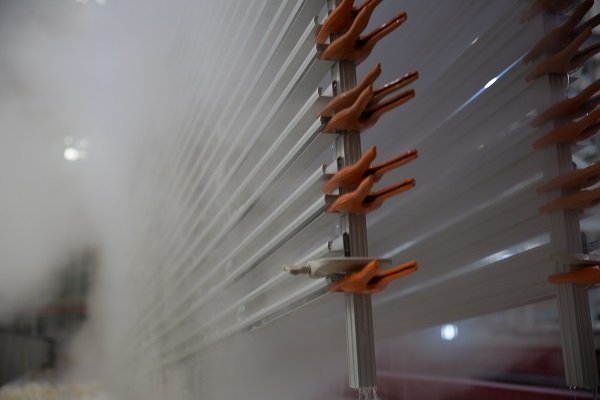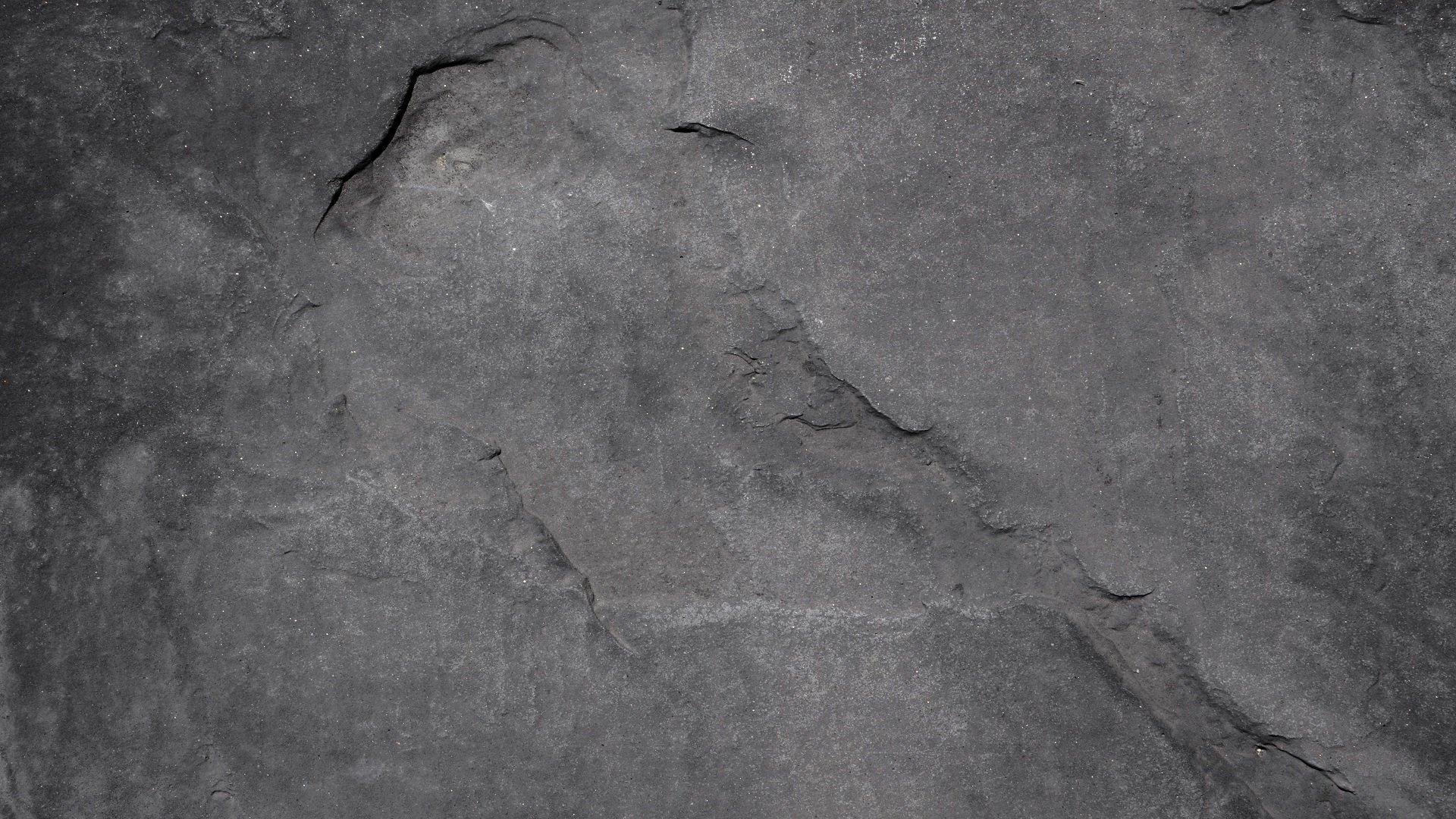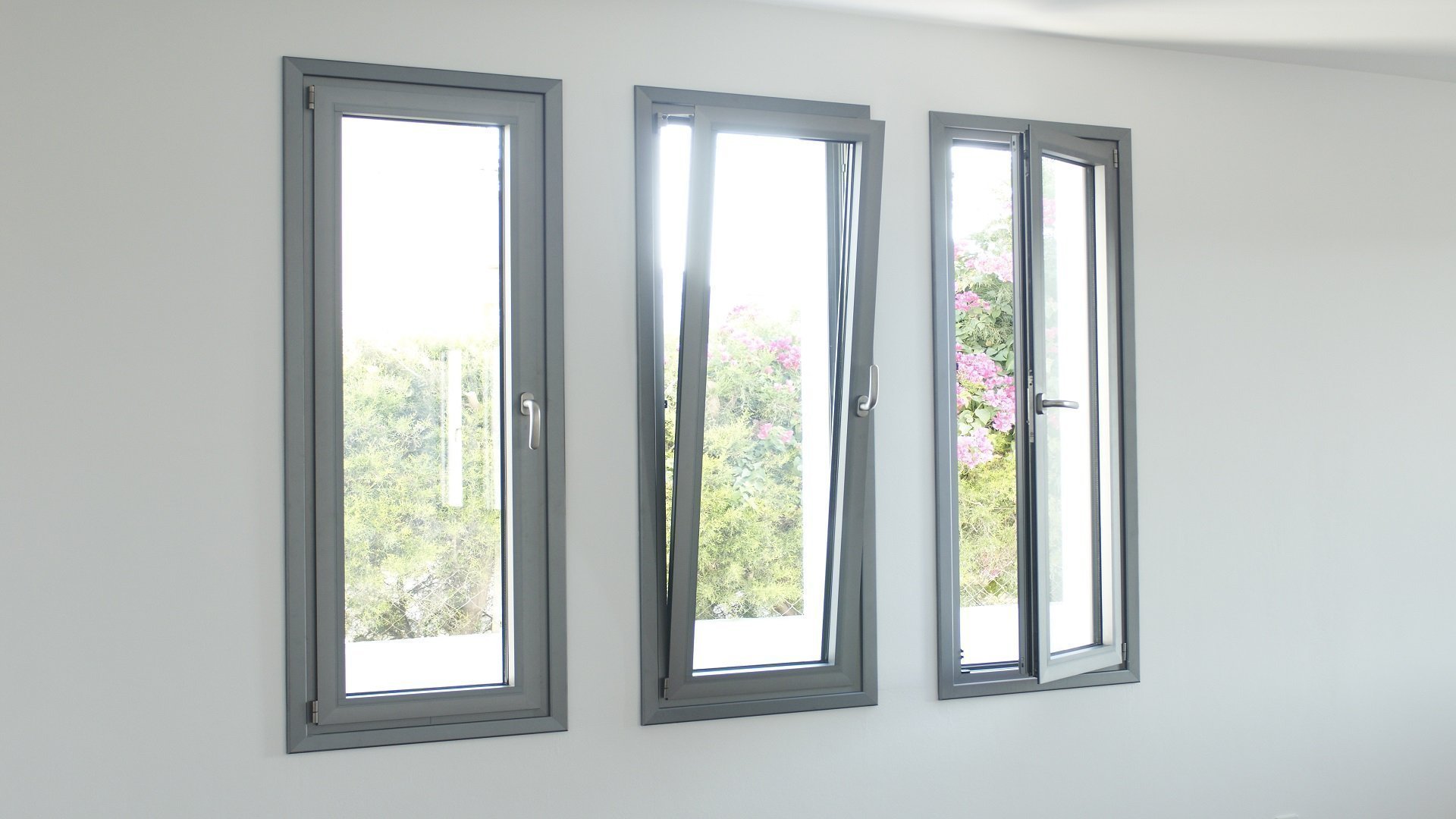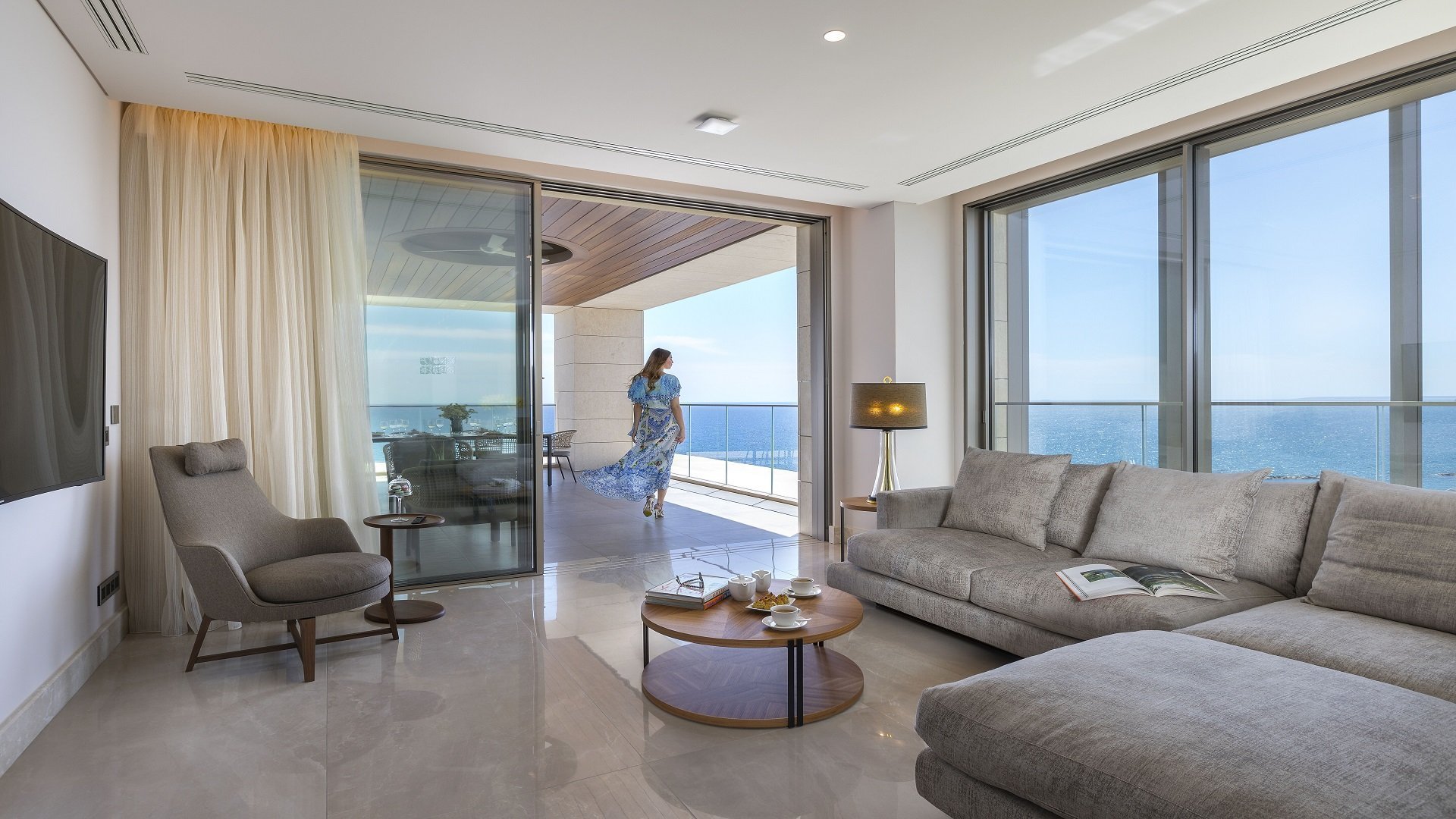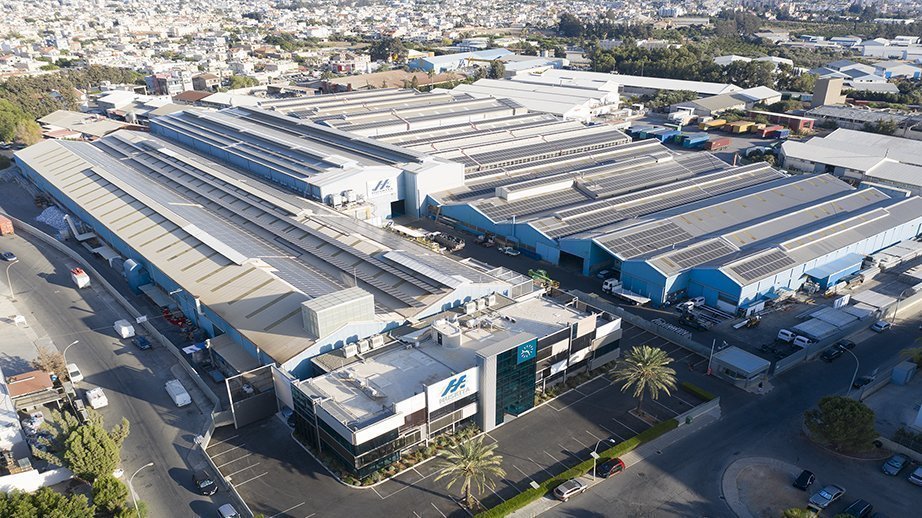When you’re looking for aluminium doors and windows with a beautiful metallic finish that lasts a lifetime, anodized aluminum is the option for you. The anodizing process forms a protective layer on the aluminium surface, effectively protecting the metal from corrosion, while also revealing the elegance and natural beauty of aluminium in luxurious shades that are available exclusively at MUSKITA.
How does the Anodization Process Work?
Anodization is an electrochemical process where the aluminium surface is covered by a uniform layer of aluminium oxide via electrolysis. The metal is properly bushed, polished or blasted depending on the desired finish and goes through a series of chemical cleanses. A solution of sulfuric acid acts as the electrolyte. A very high power, low voltage, direct current, uniformly oxidizes the aluminium surface from the cathode (-) to the anode (+) thus the term ‘’anodizing’’.
The process is completed by sealing the metal pores, resulting in the highest resistant coating offered on aluminium.
How durable are anodizing finishes?
MUSKITA’s anodized finishes are timeless. We have been anodizing aluminium since 1965. Anodized products produced over half a century ago can still be found today maintaining their original finish virtually untouched by time - a testament to the quality, experience and expertise of MUSKITA’s anodization process. Our products are certified by the quality certification QUALANOD since 1996.
What is the color range of anodizing finishes?
Anodizing finishes are available in a wide variety of refined metallic tones and luxurious tinted shades, that reveal the elegance and natural beauty of aluminium such as silver, champagne, blue, black or gold.
What maintenance does anodized aluminium require?
Anodizing has the highest weather resistance and needs minimum maintenance; however, it is recommended anodized aluminium systems be cleaned periodically. Recommended cleaning includes rinsing with water, cleaning with a soft sponge with water and soap, rinsing with water and drying with a soft cloth. Cleaning products should have a pH between 5.5-8. Cleaning products that include chlorine or soda should be avoided. Construction materials (e.g. cement, lime, plaster, adhesive tape) must be removed immediately after installation. Silicone residues should be removed with cotton wool and blue spirit. In industrial and coastal areas cleaning should be more frequent.

